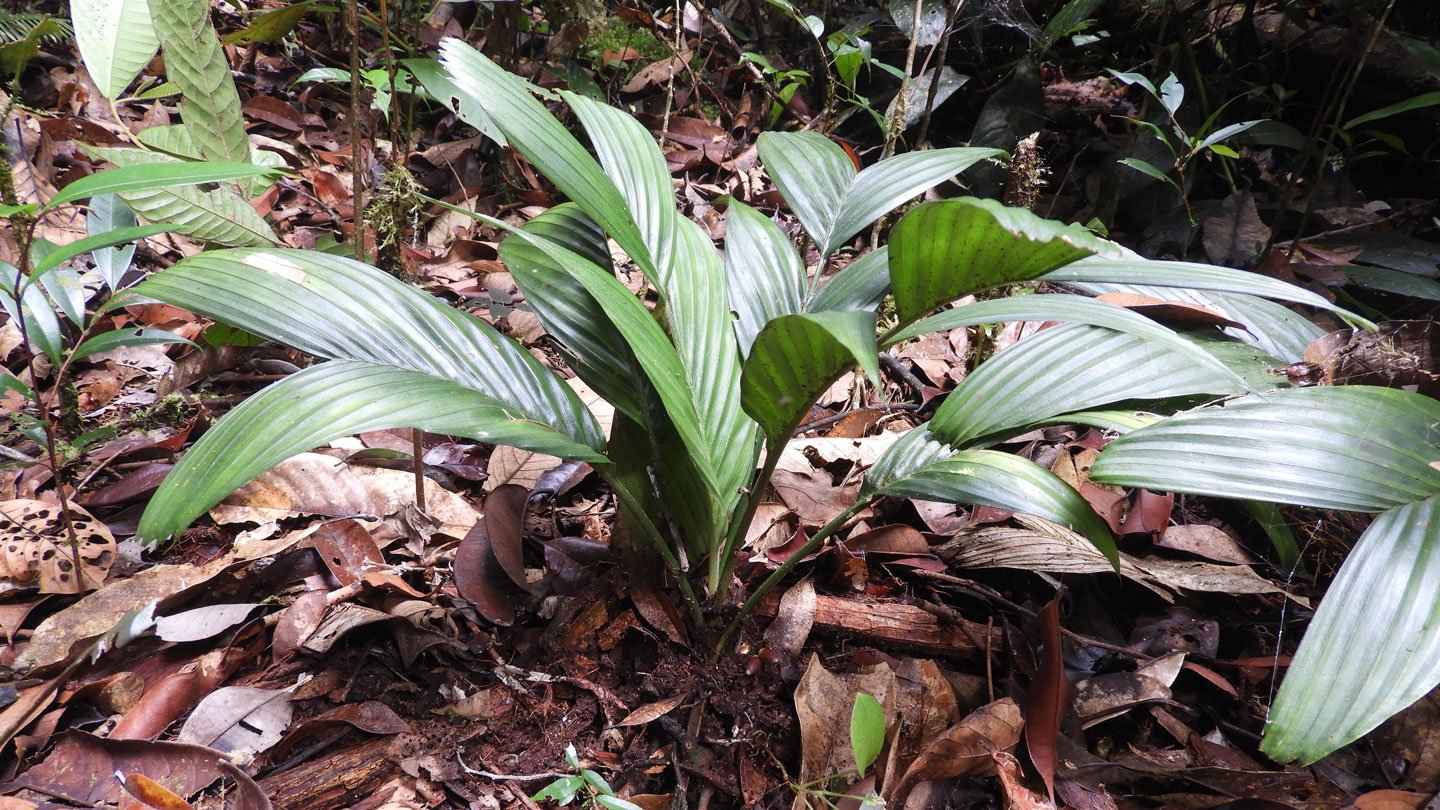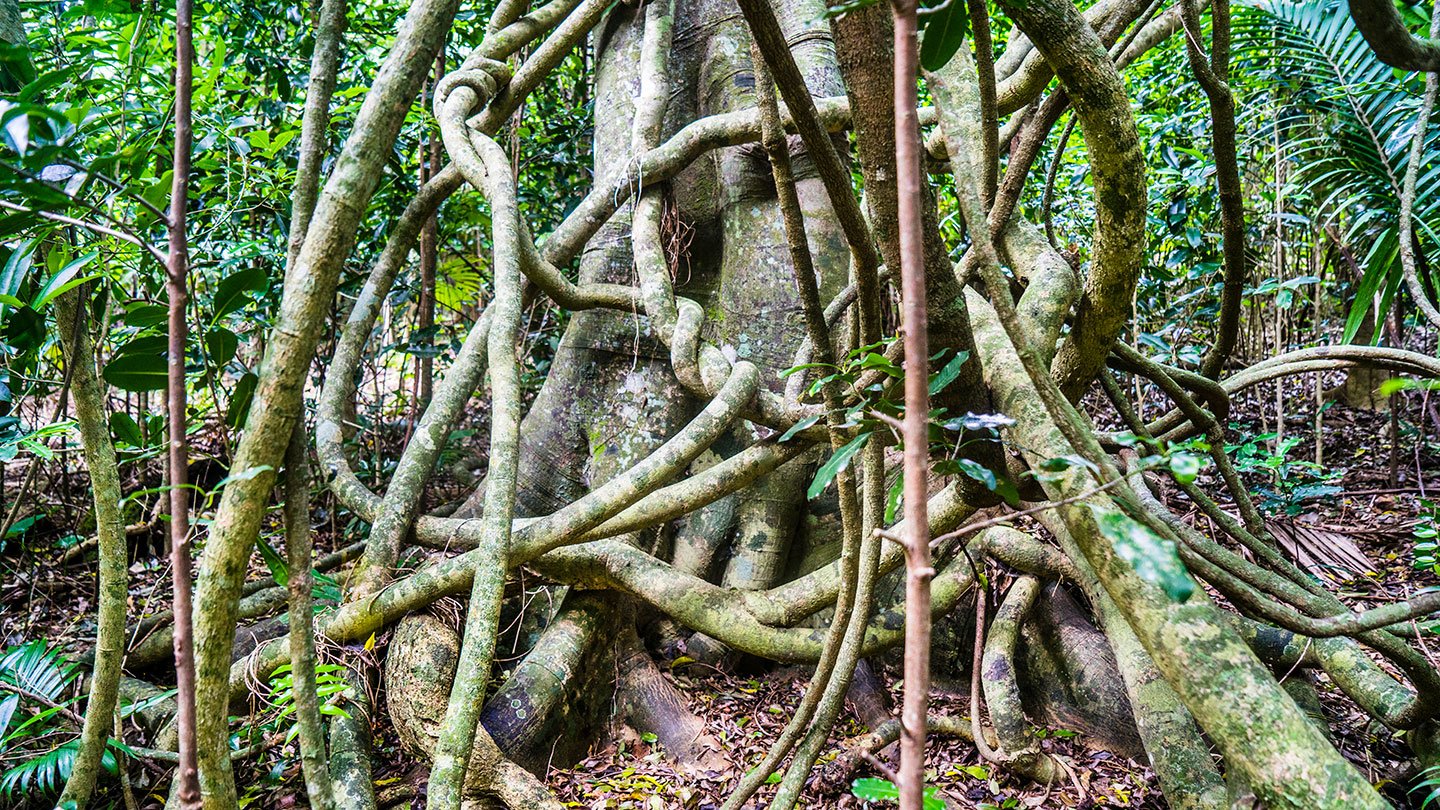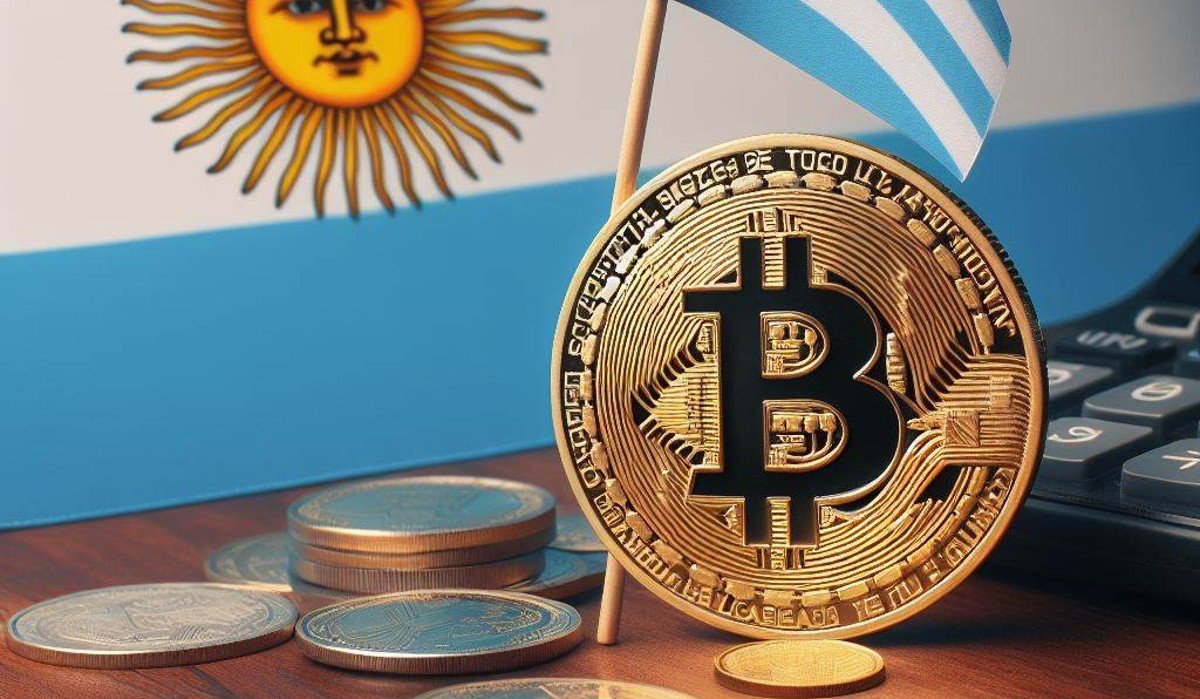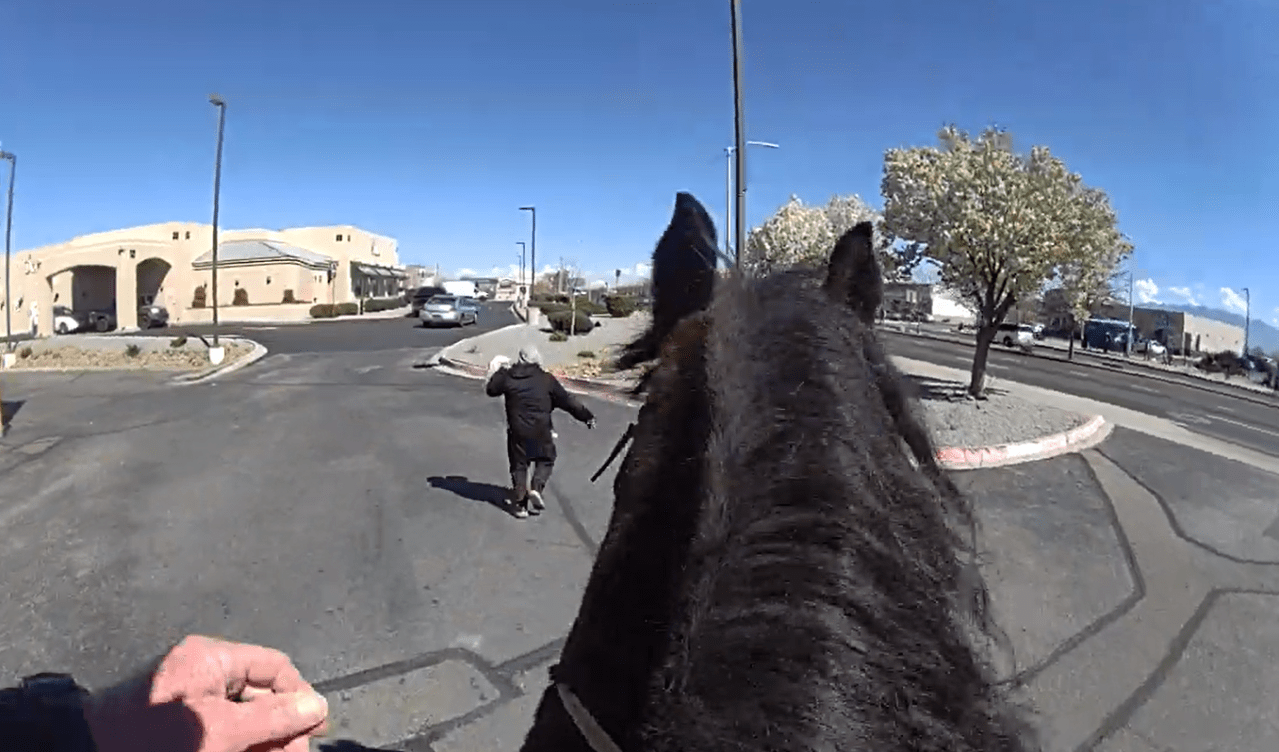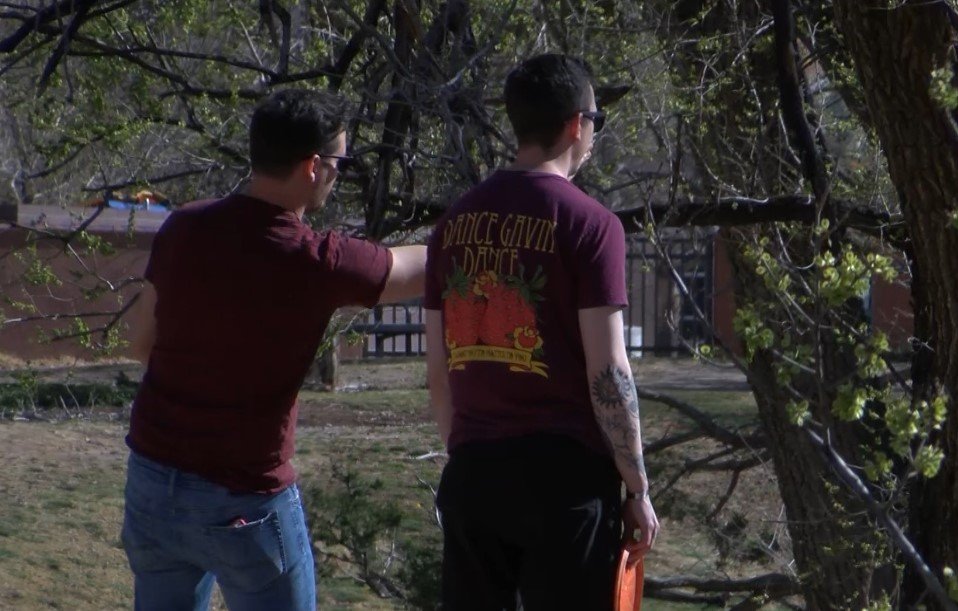Tall palm trees line Hollywood Boulevard and are a signature of tropical resorts. But their relatives can come in very different shapes and sizes. And from a new science Palm avoids the limelight to an almost absurd degree. this Pinanga is underground Not only is it small, its flowers and fruit grow entirely underground.
“We knew immediately that this was a really strange palm,” says Benedict Kuhnhauser A botanist, he works at the Royal Botanic Gardens in Richmond, England.
Botanist Paul Chai first noticed the palm in the late 1990s. This Malaysian saw it growing in the Lanjak Entamau Wildlife Sanctuary. It is located in the Malaysian part of the Southeast Asian island of Borneo. Unfortunately, Kuhnhauser notes, Chai lost all of his photos of the exotic plant during the subsequent flood.
Over breakfast one day in 2018, Chai told Kuhnhauser and other botanists about the unusual palm. Their team was touring Borneo at the time. Chai’s story prompted the group to make a trek to the sanctuary. And to their surprise, they found this underground palm in abundance there.
It is rare for a plant to grow anything but roots underground.
There are exceptions throughout the plant kingdom. South-Central Africa is a habitat “Subterranean Forest.” There are many plants that flower above ground but grow their woody parts below. Then there is the Bornean pitcher plant. This carnivorous species buries its traps underground. In fact, 33 different plant families have at least one species that hides its flowers or fruits underground.
But burying both — as the newly found palm does — is extremely rare. Besides this species, “there is only one other plant in the world that does this,” says Kuhnhauser. (This is a group of small Rizanthella Orchids in Australia.).
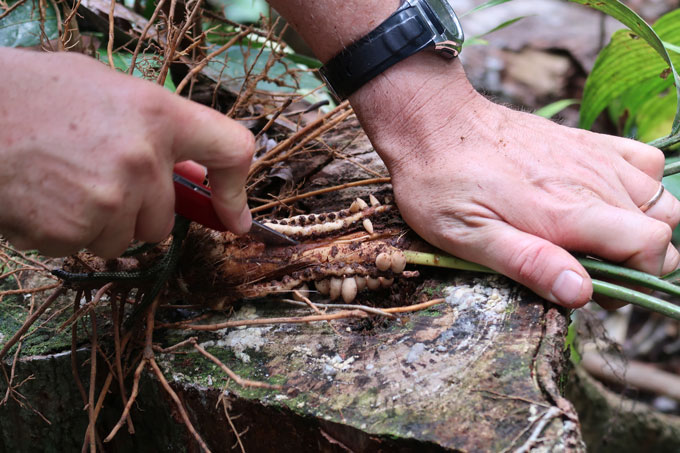
New to science, but not to people
Although botanists were just learning about Borneo’s unusual palm, many people were well aware of it. “The local people, especially the indigenous people, knew the palm,” says Sibele de Casia Silva. He is a botanist at the University of Campinas in Brazil who was not involved in the new study.
The natives had their own name for the palm. Some dig it up to eat its buried fruit as a snack. For Cássia Silva and Kuhnhäuser, this highlights the importance of not only working with indigenous peoples, but also incorporating their knowledge into research papers.
The biology of date palm is also interesting. Plants often work hard to invite pollinators into their flowers to aid in reproduction. Many plants rely on wind and animals to disperse their seeds so that species can thrive. So how does a plant pull it off when both its flowers and seeds are underground?
This palm may rely at least partially on self-pollination. Cassia Silva suspects that even underground, beetles may be able to transfer pollen between plants. Researchers have observed wild boars digging into palm fruits. They can help spread date palm seeds in their feces.
The party Describe the plant in the journal the palate Last June. They report Its unique biology Journal at about the same time Plants, people, planets.
Sidonie Bellot, who works with Kuhnhäuser at Kew, is now investigating how the newly described palm evolved its underground lifestyle. Many of its relatives still live close to the ground, so going down may not be such a big leap.

